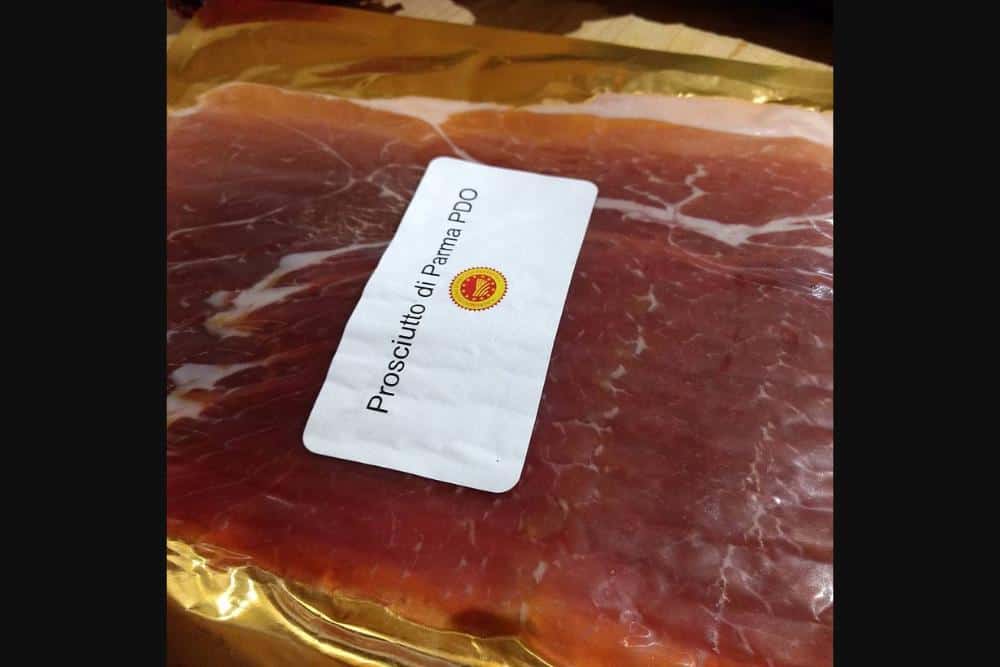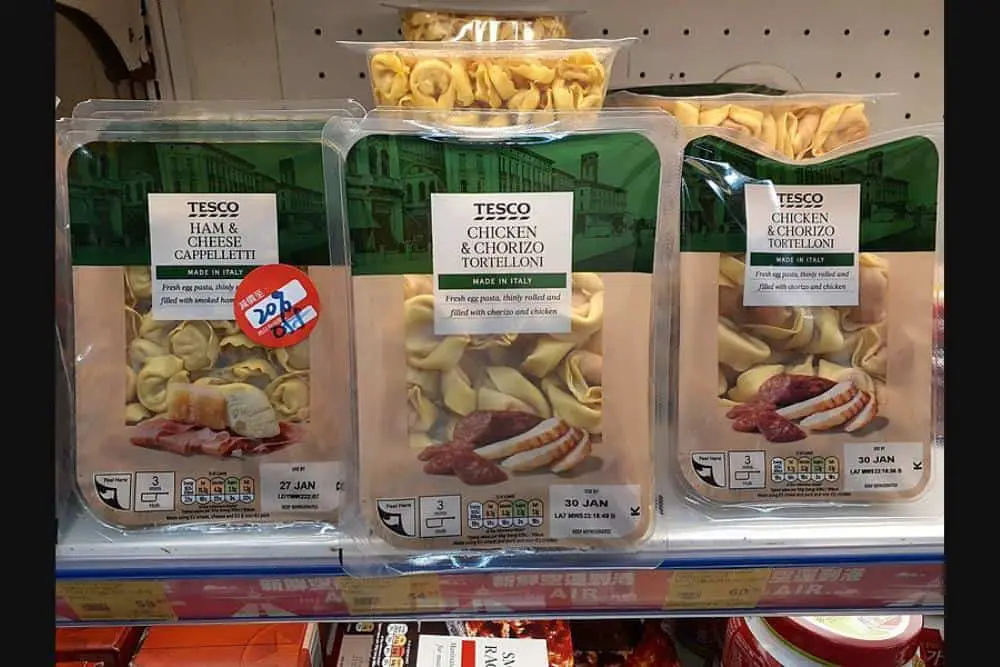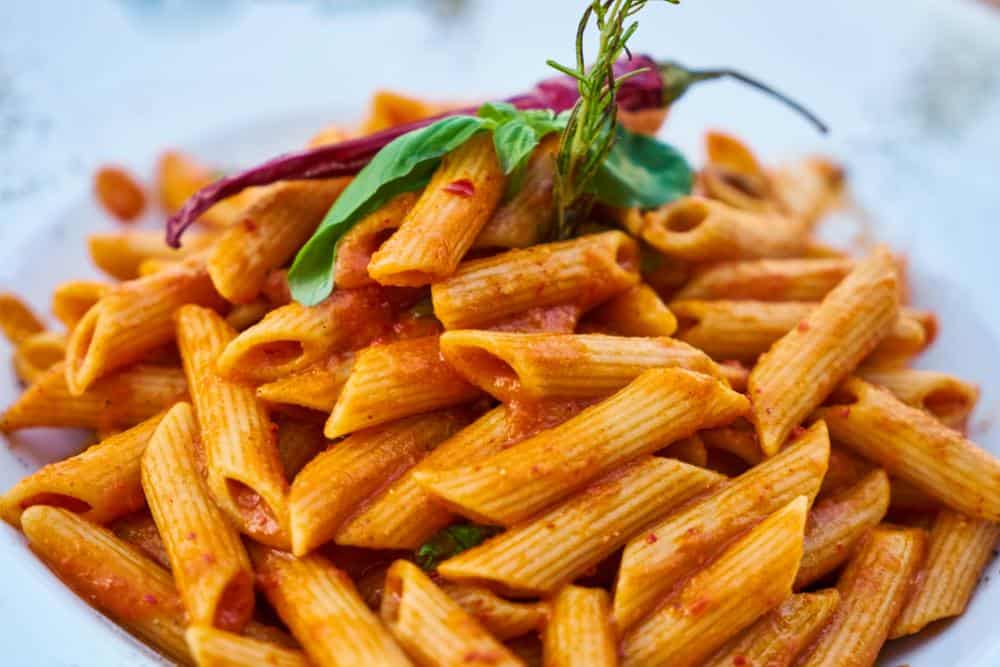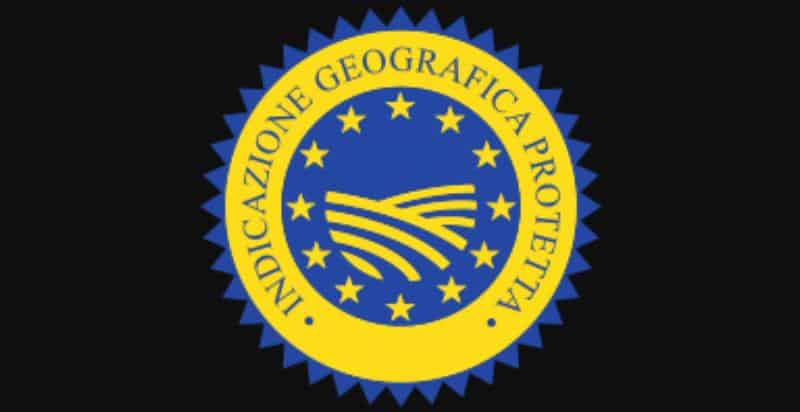Italian cuisine is considered by many to be a form of art, an art which has inspired food culture all around the world. Food is more than just nourishment for Italians; it is a lifestyle. As a matter of fact, the majority of their gatherings revolve around food. This affection for all things culinary has allowed Italians to pioneer and innovate in the global food industry.
For Italians, food goes beyond just the presentation and taste, instead, it is also about the process and ingredients used to create the culinary art form as well as the experience it allows you to enjoy. This article will explain the main Italian food certifications used by the Italian food industry to maintain the quality, authenticity, and goodness of their indigenous culinary art.
What Are Italian Food Certifications?

Italians place great value on the quality and genuineness of their food. That is why the nation has taken great measures to support producers and safeguard the integrity of their goods by implementing stringent criteria and guidelines to ensure authenticity as well as clear labeling regulations to ensure that consumers are getting what they pay for.
Outlined below are the main Italian food certifications you should know about:
Denominazione di Origine Protetta (DOP)
DOP, which is an acronym for the Italian phrase “Denominazione di Origine Protetta,” and translates to “Protected Designation of Origin,” is the most rigorous Italian food certification for foods.
The DOP protection trademark ensures that products, such as prosciutto, cheese, olive oil, meat, etc., are grown, processed, and packaged in a defined geographic area and in accordance with customs followed in the respective region. The European Union regulates and attributes each stage, from manufacturing to packing, for foods whose quality features are primarily or solely dependent on the conventional production methods and area.
The production area must be acknowledged for both its natural features, such as unique microclimates, and human intervention, such as old-world farming methods or regional craftsmanship. These two elements work together to produce a product or food that is exclusive to that region and impossible to replicate elsewhere.
For a product or food to be awarded a DOP denomination, all animals must be bred and ingredients grown in a geographically designated location, where all production and preparation or processing must also occur. In Italy, where dozens of foods and items have official certification, DOP designations are the most renowned and prevalent.
Indicazione Geografica Protetta (IGP)
This EU protective label is used to certify foods and agricultural goods whose quality, reputation, or another crucial attribute is based on the specific geographic region where they are produced, processed, and prepared. To put it simply, this protective trademark verifies that at least one primary stage of production or primary ingredient that is crucial to the product must occur or be produced in a closely regulated area in order to earn the IGP designation.
Consider the Mortadella Bologna IGP which is a perfect example of this Italian and EU protective trademark. This product, the mortadella Bologna is manufactured using a unique procedure in a specific area of Bologna even though other ingredients of the product, such as the pork, may be sourced from other areas.
Specialità Tradizionale Garantita (STG)

STG, which expands to Traditional Guaranteed Specialty in English, is the most lenient Italian and EU protective trademark, and it is used to identify traditional culinary products with a distinctive quality. As opposed to other quality certifications, STG ensures that the components, production process, or processing must be “traditional,” that is, have historically been used to refer to the product or indicate its traditional or specifically specialized characteristics.
This Italian food certification, however, does not tie the food or product, its ingredients, and its manufacturing process to any particular geographical location.
Indicazione Geografica Tipica (IGT)
IGT translates to Protected Geographical Indication in English is an Italian certification solely for wines. It is used to validate that the wine is produced in a particular region and is created from native grape varietals that are also from clearly defined regions. With this classification, table wines made under less stringent production regulations and in broader production regions than those for DOC and DOCG wines are considered to be of higher quality. For instance, Maremma Toscana, a wine made all across Tuscany and available in red, white, or both.
Denominazione di Origine Controllata (DOC)
The denomination of Controlled Designation of Origin, more commonly known as DOC, is used to acknowledge the high quality and traditionality of wines brewed in certain, well-defined regions in accordance with detailed guidelines meant to protect the regional traditions of winemaking.
Denominazione di Origine Controllata e Garantita (DOCG)
Controlled and Guaranteed Designation of Origin, DOCG, is another Italian food certification dedicated only to wines. The DOCG trademark is similar to, but stricter than the DOC denomination. Regulations specify the techniques and timing of production and before DOCG wines can be packaged into bottles, they must pass a stringent chemical and sensory examination, examination, and tasting by a government-licensed committee. They must bear the official countermark, which ensures authenticity and caliber and makes it possible to track the production of all bottles manufactured.
What Italian Foods have DOP, IGP and TSG Certifications
Following are some of the most common Italian foods and products that carry the DOP, IGP, and TSG, Italian food certifications:
- Lardo di Colonnata,
- pizza napolitana
- Sorrentine lemons,
- chestnut varieties
- charcuterie
- prosciutti
- local cheeses
- Cinta Senese pork
- extra virgin olive oils
Mastering Italian Certification Series

Chef Amy Riolo gives remarks during the final class in the Mastering Italian Certification Series at L’academie de Cuisine in Bethesda, MD. She is joined by Ms. Catherine Flumiani, First Counselor at the Embassy of Italy in Washington, DC. This course is designed to teach students all of the basics of the Italian kitchen. Image During this one of a kind 12 week series, chef Amy Riolo demystifies the time-honored traditions from grandmothers as well as professional techniques of restaurant chefs. It’s like living in Italy, having an Italian grandmother and attending Italian culinary school all in one! Participants will gain a deep knowledge of Italy’s culinary history and the role of food in its culture. Time-saving strategies to help students incorporate the best of Italian cuisine in their busy lifestyle are shared. An exam is given during the final class, and those who pass will receive a certificate of completion, and continue to the next series.
Summary
The European Union and Italy have developed a system of tightly controlled geographical indications and denominations during the past 20 years. It was originally implemented in 1992 and further developed in 2012. These Italian food certifications and labels are extremely helpful since they are a solid way to tell whether what you are eating is an authentic Italian dish or a low-quality knockoff, provided that you know what these labels represent.
Related Articles
Soppressata: A Taste of the Italian Tradition
Italian Speck: The New Prosciutto in Town
Bresaola: The Ultimate Summer Time Dish
Image Credits
Commission of the European Communities, Public domain, via Wikimedia Commons
“New Photo” by LexnGer is licensed under CC BY-NC 2.0.
My name is Jay and I started this website to share my love of Deli Food. I am Jewish with Italian ancestry and grandparents who emigrated to the US from Poland, Russia and Turkey. This website is my celebration of the delicious flavors of international deli culture. Please feel free to send me your suggestions and feedback through the contact form.

